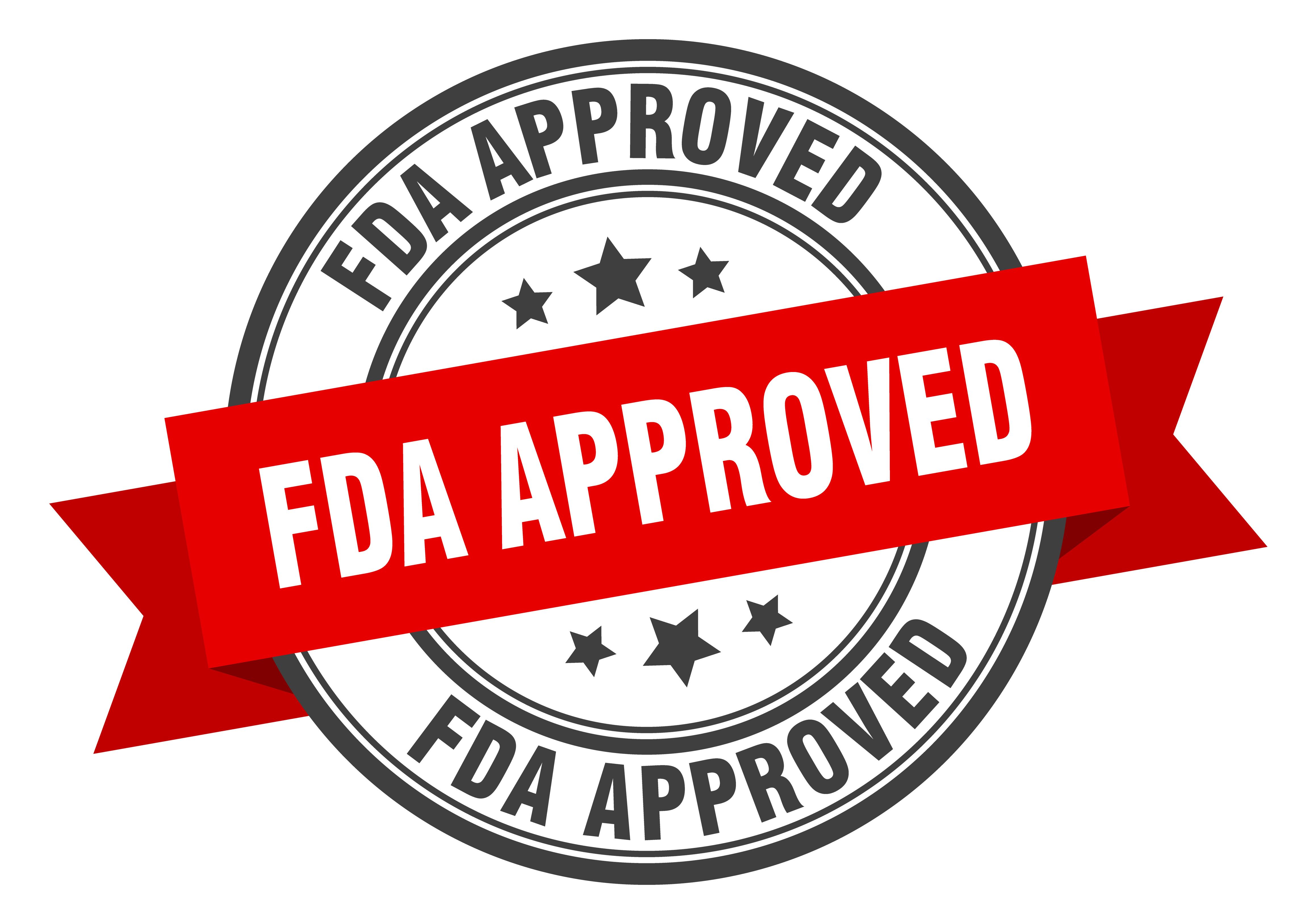FDA approves fezolinetant for vasomotor symptoms
Fezolinetant (Veozah; Astellas Pharma) is now the first neurokinin 3 receptor antagonist approved for the treatment of vasomotor symptoms associated with menopause.
FDA approves fezolinetant for vasomotor symptoms: © Aquir - stock.adobe.com

A new drug is here to make waves in the menopause symptom treatment landscape with the FDA approval of fezolinetant (Veozah; Astellas Pharma) for the treatment of moderate to severe vasomotor symptoms (VMS) associated with menopause.1
This approval makes fezolinetant the first neurokinin 3 receptor antagonist approved by the agency to treat VMS in menopause, according to the FDA.1
“Hot flashes as a result of menopause can be a serious physical burden on women and impact their quality of life,” said Janet Maynard, MD, MHS, director of the Office of Rare Diseases, Pediatrics, Urologic, and Reproductive Medicine, in the FDA’s Center for Drug Evaluation and Research. “The introduction of a new molecule to treat moderate to severe menopausal hot flashes will provide an additional safe and effective treatment option for women.”1
The approval is backed by positive data from the BRIGHT SKY program. This clinical trial program consisted of 3 phase 3 studies that enrolled more than 3,000 individuals from the United States, Canada, and Europe. In SKYLIGHT 1 (NCT04003155) and SKYLIGHT 2 (NCT04003142), results emphasized the safety and efficacy of the nonhormonal treatment for VMS associated with menopause. Meanwhile, SKYLIGHT 4 (NCT04003389) demonstrated the long-term safety of fezolinetant.2
"[The] approval of fezolinetant is a significant and, I believe, long-awaited milestone for individuals in the [United States] who experience moderate to severe vasomotor symptoms during the menopausal transition," said Genevieve Neal-Perry, MD, PhD, chair, University of North Carolina School of Medicine Department of Obstetrics and Gynecology. "This therapy is based on our understanding of the biology behind hot flashes. I'm excited to know that patients will have the option to choose this nonhormonal treatment."2
Patients taking fezolinetant are instructed to take 1, 45 mg pill orally, once per day, with or without food. Additionally, the medication should be taken at the same time every day.1
According to the FDA and the prescribing information, the medication includes a warning for elevated hepatic transaminase (liver injury). Prior to using fezolinetant, patients should have blood work completed to test for liver damage. Additionally, while taking fezolinetant, patients should undergo routine bloodwork every 3 months for the first 9 months of usage. If patients experience symptoms such as nausea, vomiting, or yellowing of the skin and eyes, they should contact their physician.1
The FDA also notes that fezolinetant cannot be used with CYP1A2 inhibitors, and individuals with cirrhosis, severe renal damage, or end-stage renal disease should avoid taking the medication.1
Per the prescribing information, the most common side effects of fezolinetant include abdominal pain, insomnia, back pain, hot flush, diarrhea, and elevated hepatic transaminases.1
References
- FDA approves novel drug to treat moderate to severe hot flashes caused by menopause. FDA. May 12, 2023. Accessed May 12, 2023. https://www.fda.gov/news-events/press-announcements/fda-approves-novel-drug-treat-moderate-severe-hot-flashes-caused-menopause
- Astellas’ Veozah (fezolinetant) approved by US FDA for treatment of vasomotor symptoms due to menopause. PR Newswire. May 12, 2023. Accessed May 12, 2023. https://www.prnewswire.com/news-releases/astellas-veozah-fezolinetant-approved-by-us-fda-for-treatment-of-vasomotor-symptoms-due-to-menopause-301823639.html
S4E3: Myfembree for moderate-to-severe endometriosis pain: Potential for adolescents
March 2nd 2022In this episode of Pap Talk, Contemporary OB/GYN® Associate Editor Lindsey Carr sat down with Jessica Shim, MD, an attending at in the Division of Gynecology, Department of Surgery, Boston Children’s Hospital; Harvard Medical School Boston, Massachusetts, to discuss Myfembree (relugolix, estradiol, and norethindrone acetate tablets; Myovant Sciences, Pfizer) and its possible approval in May 2022.
Listen
S4E1: New RNA platform can predict pregnancy complications
February 11th 2022In this episode of Pap Talk, Contemporary OB/GYN® sat down with Maneesh Jain, CEO of Mirvie, and Michal Elovitz, MD, chief medical advisor at Mirvie, a new RNA platform that is able to predict pregnancy complications by revealing the biology of each pregnancy. They discussed recently published data regarding the platform's ability to predict preeclampsia and preterm birth.
Listen
